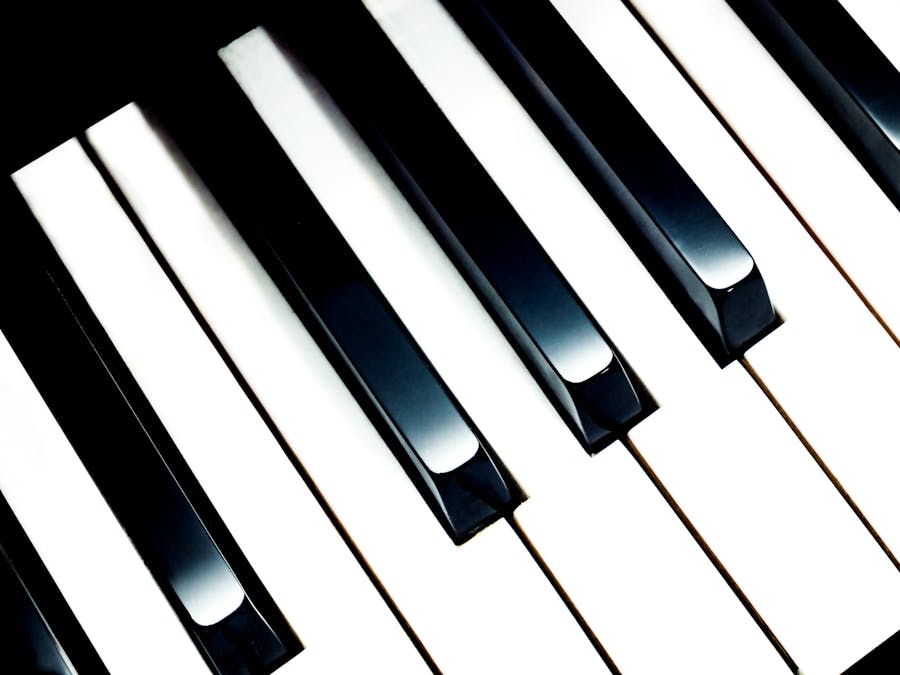 Piano Guidance
Piano Guidance
 Piano Guidance
Piano Guidance

 Photo: burak kostak
Photo: burak kostak
For my fingers, the third movement of Moonlight is much harder than the third movement of Tempest. Moonlight demands an incredibly light, even, and fast touch for the arpeggios. It also requires much more stamina than Tempest does. As for which is the better show piece, definitely Moonlight.

The app is FREE and available on all iOs devices and Android.
Read More »
sharps and flats The colour of piano keys The pattern layout is made up of seven white keys and five black keys. The same pattern is then repeated...
Read More »
Pianoforall is one of the most popular online piano courses online and has helped over 450,000 students around the world achieve their dream of playing beautiful piano for over a decade.
Learn More »It's hard to compare because the difficulties are of a different type and it depends what your strengths and weaknesses are. I would say that both pieces would suffer if you tried learting them and getting them up to tempo too quickly. I you go for the Moonlight 3rd movt I would keep it at half speed for a good half of the period of time you have to learn it. Try to get the upward broken chords very light and even and perfectly synchronised with the staccato bass. It might help to practise the RH staccato too. If you can manage this it will help you to keep relaxed without you wrist getting tense and seized up. It will also help to keep the broken chords soft, which will make the loud repeated chords at the top all the more striking. If you can keep relaxed like this the movement should not really be too much of a trial of stamina because you will be able to pace yourself and reserve the ff moments to the places where they will have the most dramatic impact. I you go for the Tempest 3rd movement, again I think you need to start slowly and get the currect articulation and rhythm. At all cost avoid letting it sound as if it is in 6/8 time. The first 2 quavers of the LH opening bar (and the many similar bars) should be fingered 54. This is an awkward skip but allows you to hold on to the second quaver as Beethoven requires. Again, keeping to a slow tempo will help you to achieve the right feel for the rhythm and time signature. The end of this movement is also a bit treacherous with its diminuendo on a downward arpeggio and soft ending. At least with the Moonlight you can finish with 2 resounding loud chords! Perhaps it might be worth stariting to learn both movements at half tempo then, depending on how you progress, making a decision on which to go with after a month or so.

4 Things EVERY Beginner Piano Player Needs To Know #1 – Your Brain WILL Work Faster Than Your Fingers. #2 – Play Songs Right Away. #3 – Practice...
Read More »
Best Polish And Cleaners For Pianos Cory Ultimate Piano Care Kit. Music Nomad Piano All In One For Gloss. Mr. Siga Microfiber Cloth. Jul 8, 2020
Read More »The sonata da chiesa usually consists of four movements, in the order slow–fast–slow–fast. The first fast movement tends to be loosely fugal (using contrapuntal melodic imitation) in style, and thus reflects, most clearly of the four, the sonata's roots in the fantasia and canzona.

It is a greatly encouraged act of Ibadah (worship) but not obligatory for any Muslim. If a woman wishes to perform Hajj or Umrah, according to the...
Read More »
Piano, ukulele, glockenspiel, xylophone and djembe drums are the primary instruments students are encouraged to explore. Learning to play an...
Read More »
With time, such instruments came to dominate the scene, and the older heavy-frame instruments are almost never manufactured today. They retain...
Read More »
If women are not present in jazz, it is often assumed to be because they cannot play well enough, play the wrong instruments, or simply prefer...
Read More »